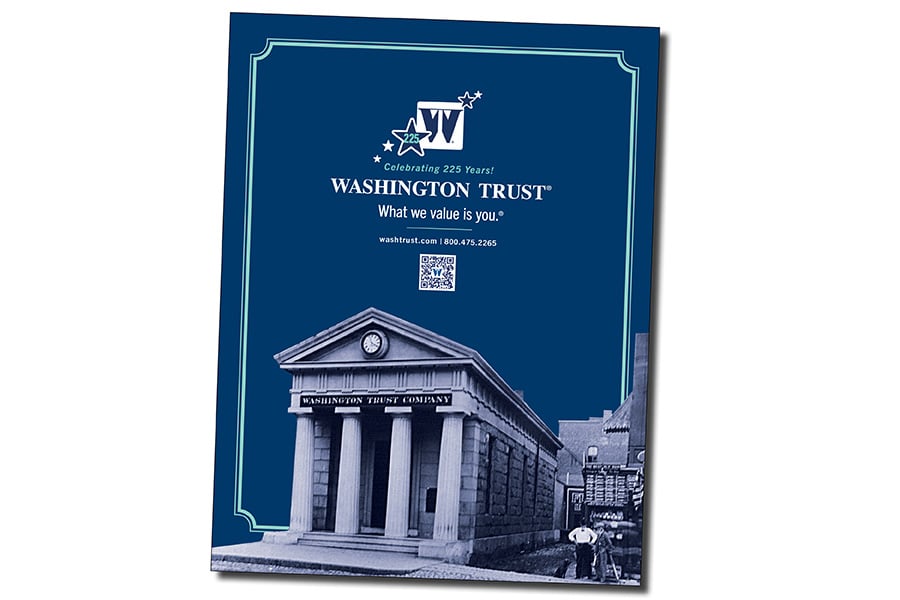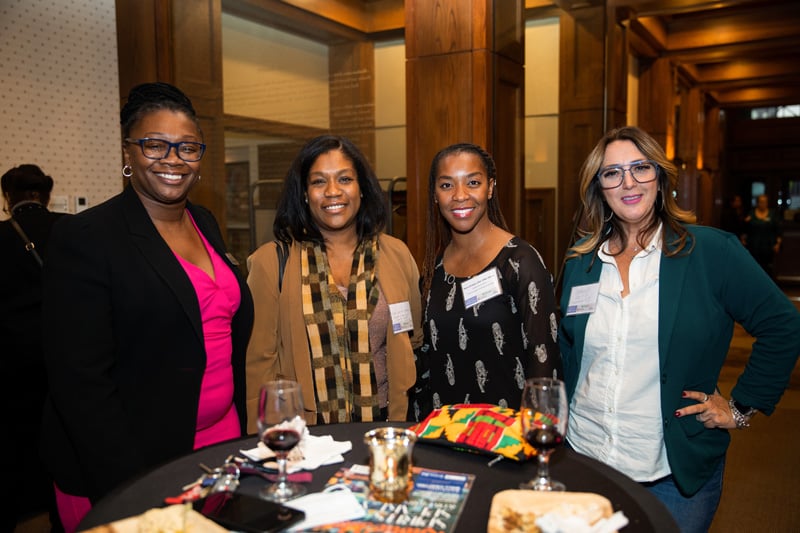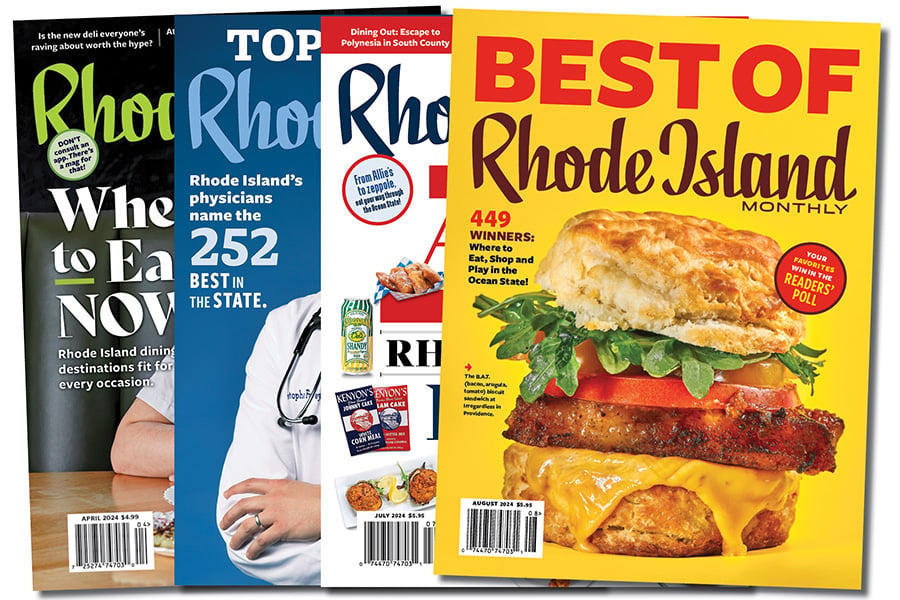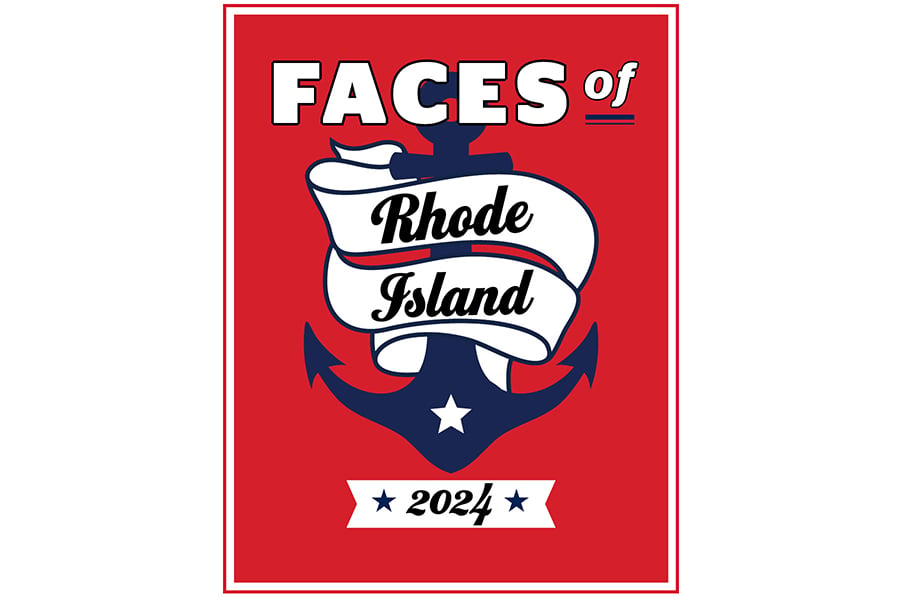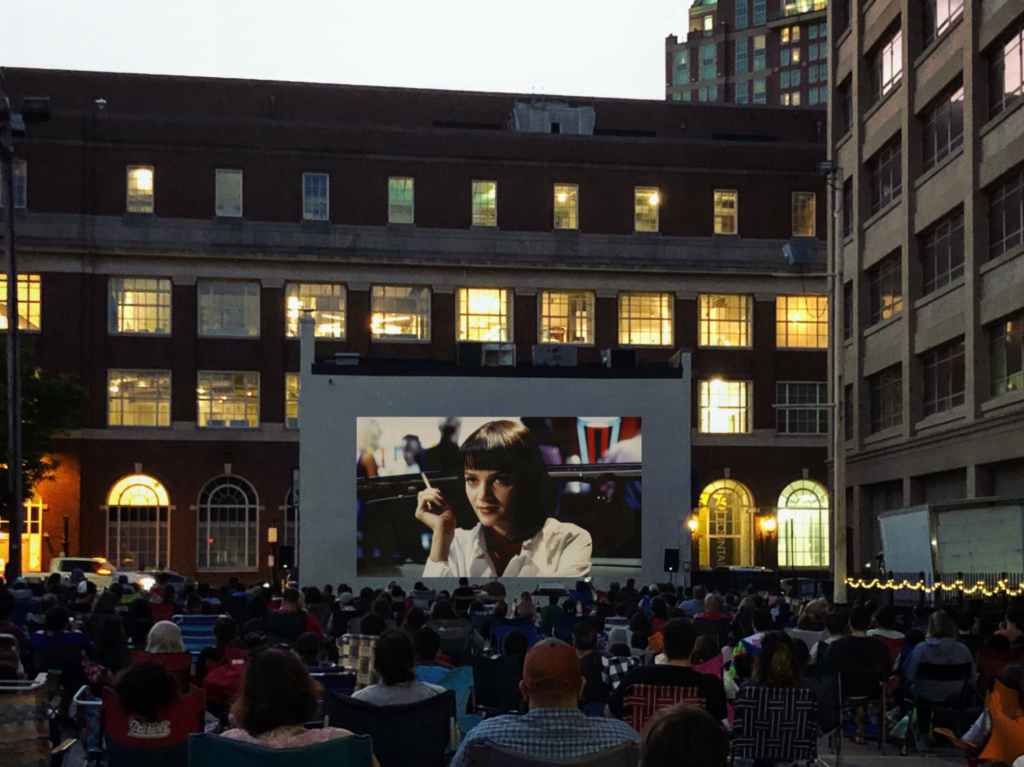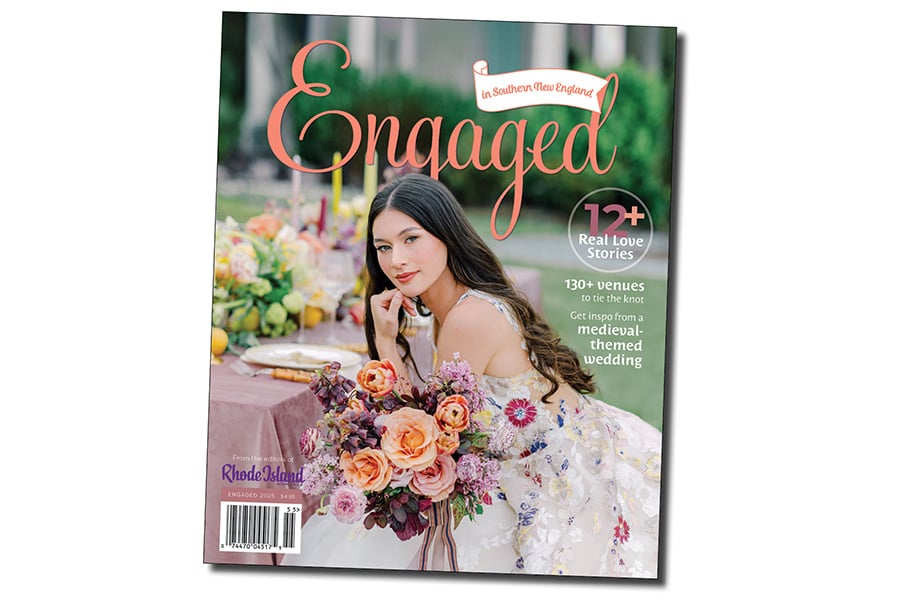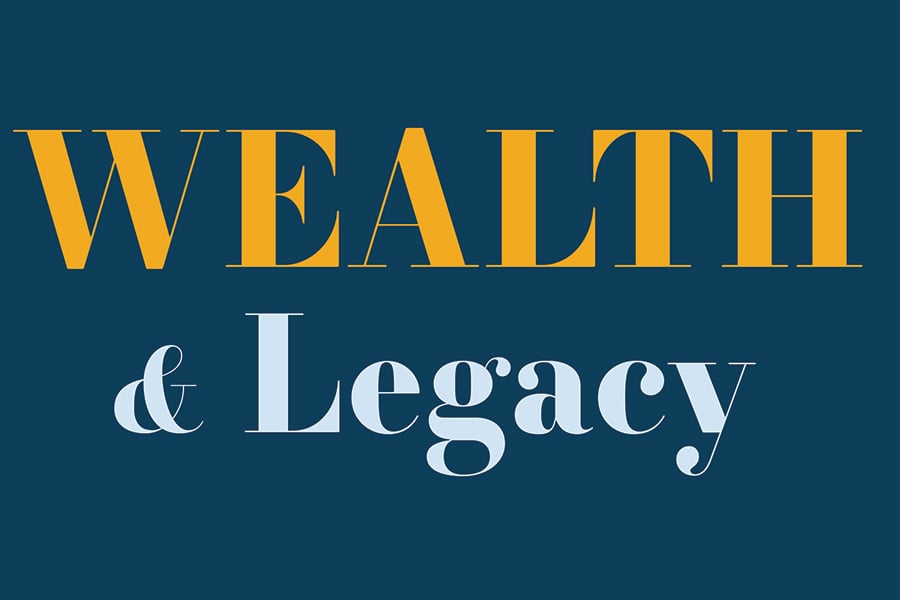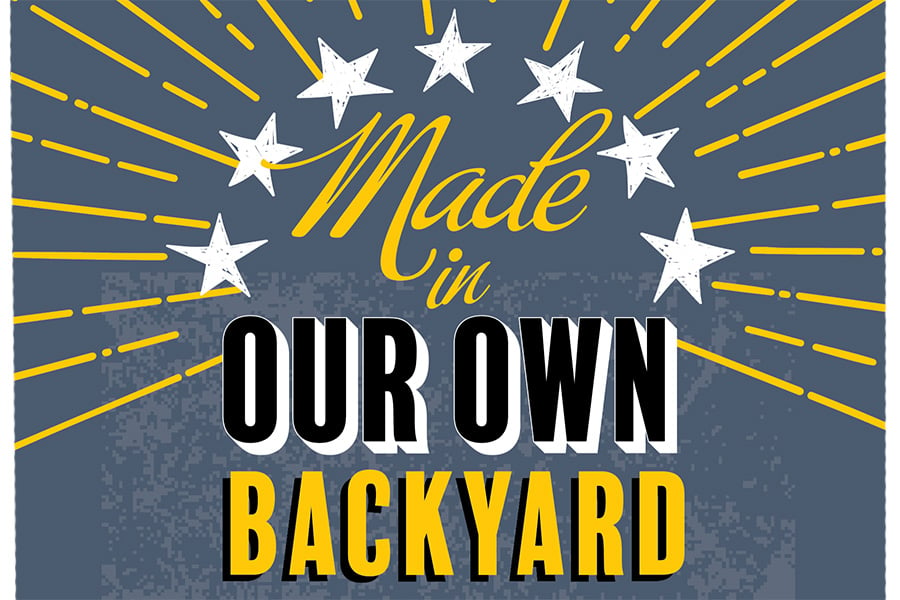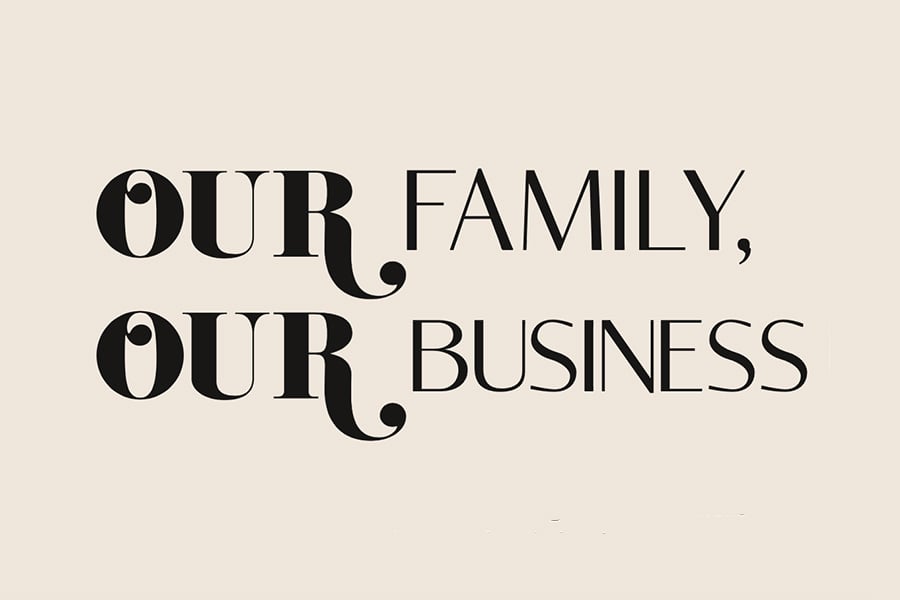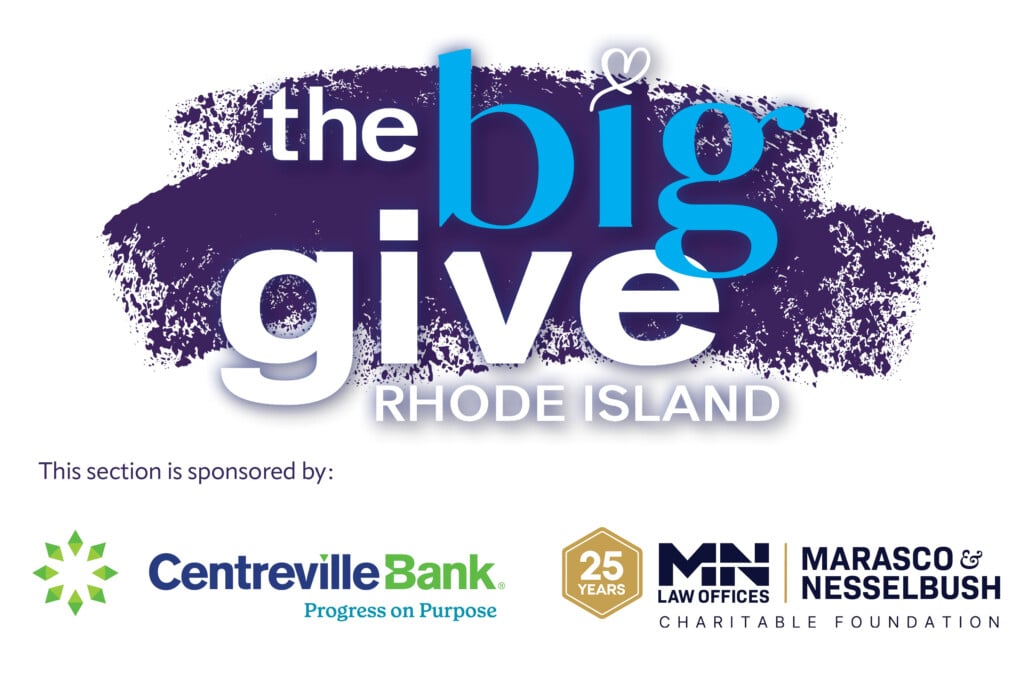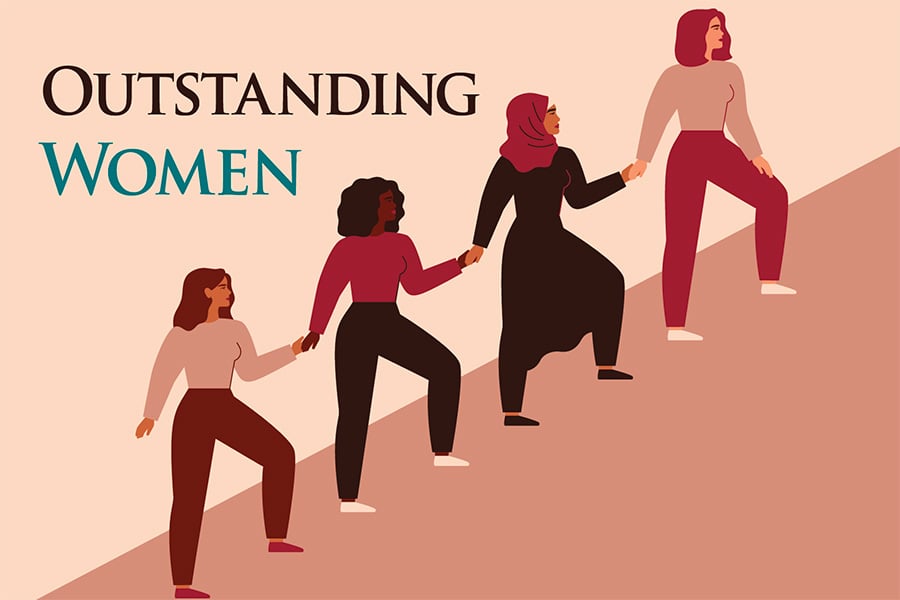Brown University’s Queer Pulp Novel Collection Celebrates Hidden Histories
The collection ranges in date from 1933–1997.

Brown University’s John Hay Library’s collection of queer pulp fiction ranges in date from 1933–1997, with the bulk published during 1953–1997. Photography courtesy of Heather Cole/Brown University’s John Hay Library
Lights out, Little Hustler. Satin Chaps. Daddy Stud. While this may sound like Saturday night at The Eagle, you’ll find all of this at Brown University’s John Hay Library.
Printed on cheap paper and small enough to hide in your back pocket, gay pulp novels boomed in the early to mid-1900s, reaching readers at a time when queer stories were hardly mainstream. In 1991, the Friends of Richard Katzoff, who was an activist and organizer in Providence with Rhode Island Project AIDS, what is now called AIDS Project Rhode Island, gifted Katzoff’s collection to the library. Subsequent gifts from writer John Preston and numerous acquisitions have helped the collection balloon to more than 4,700 volumes of gay and lesbian pulp fiction.
“The publishing history of these two categories is pretty interesting,” says Heather Cole, curator for literary and popular culture collections. “Lesbian pulps were much more commercially successful pre-Stonewall. They were, for the most part, created by and for heterosexual men. Gay pulps had a much more niche audience initially.”
To get past censors, for years these stories ended in tragedy. Patricia Highsmith’s The Price of Salt was so groundbreaking in that it bucked these pressures when published in 1952. Yet, still, Highsmith published the novel under the pen name, Claire Morgan. Following Stonewall, the genre exploded.
At Brown, students and scholars scrutinize plot lines and cover art to understand cultural trends and the representation of marginalized identities. Contemporary writers see that pulp is fertile for inspiration. For Anna Dorn, author of the ingenious contemporary lesbian pulp novel, Perfume and Pain, pulp presented an opportunity to redefine her relationship to the genre.
“I love the cover art and the idea of it, male-gazey sapphic novels from the ’50s and ’60s, deemed trashy and problematic by more self-serious lesbians and feminists,” Dorn says. “I think my writing is naturally a little pulpy — campy, melodramatic and deemed trashy and problematic by some. I strongly believe that books should be entertaining above all else — that’s probably my biggest inspiration from the genre.”
Studying pulp becomes a practice of bringing rigorous attention to a culture deemed lowbrow.
“A lot of people think about special collections libraries as these austere ivory towers,” Cole says. “I think it’s just as important to collect the entire spectrum of literature from different time periods. What is more ephemeral; what is less likely to survive? I find that’s what people in 100, 200, 300 years will maybe be more interested in. What were the average people reading?”
And for collectors who think their dusty paperbacks belong in the trash, Cole has an invitation: Bring them in.
“We’re committed to preserving this material,” she says. “Queer people have always been here. Despite the censorship, violence and homophobia, this form of literature survived and thrived. It’s been so encouraging in the last decade or so to see this explosion in queer fiction.”

